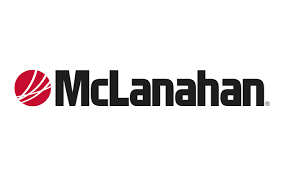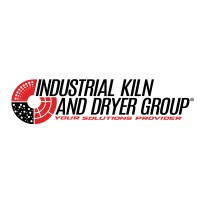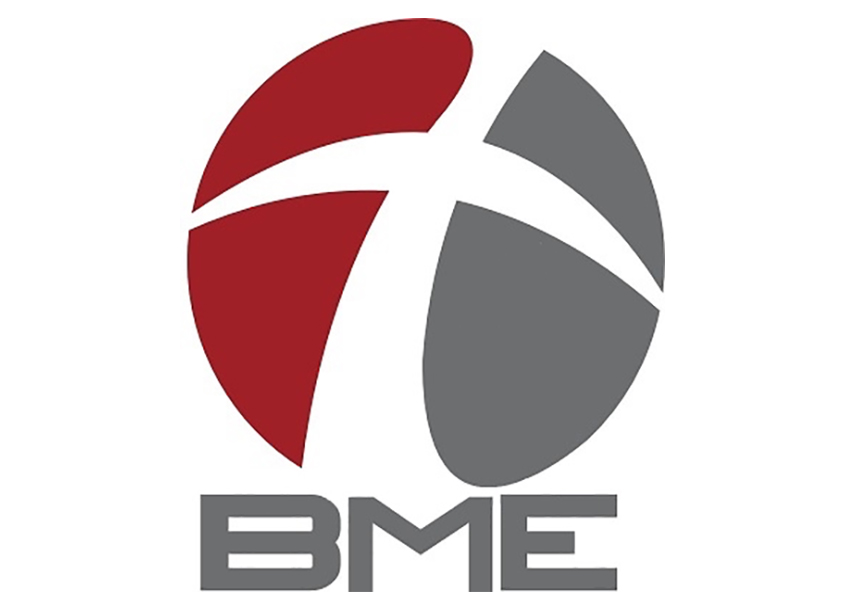The industry continues to face growing challenges related to cost efficiency, logistics, and material quality. As unconventional production expands, concerns persist around inconsistencies in proppant strength, size distribution, and purity. In the coming years, sustaining long-term well productivity will depend on improvements in proppant quality, enhanced material handling, sustainable sourcing, and innovative transportation strategies. The focus is shifting toward well economics, environmental impacts, regulatory oversight, and how operators can future-proof completions to remain competitive and resource-efficient in an increasingly volatile market.
How the Industry Is Improving Proppant Performance
Sourcing sand from traditional mines is no longer sufficient. In shale development, the proppant must meet strict standards to ensure reliable performance under extreme downhole pressures. Operators are now focusing on the entire life cycle of the proppant, from origin to point of use, rather than just basic specifications. Properties such as roundness, sphericity, crush resistance, turbidity, and solubility are receiving closer scrutiny. Advanced lab testing, digital supply chain tracking, and real-time quality control are now essential components of modern operations.
Emerging strategies in proppant sourcing are creating new opportunities for sustainability and efficiency. Increased use of regional sands, combined with improved processing technologies, offers the potential for cost savings and reduced environmental impact. However, performance trade-offs remain a challenge. The ability to collect, analyze, and visualize data across the supply and fracture operation chain is becoming increasingly important. For many field operations teams, hidden inefficiencies such as inconsistent sizing or impurities that lead to screenouts often go undetected without strong QA/QC protocols. As the demand rises for high-efficiency completions, the industry is adopting new approaches to sand management, including containerized delivery, in-field quality testing, and advances in blending and storage. These developments reflect a broader shift toward tighter process control and higher expectations for proppant performance in the field.
The future of hydraulic fracturing lies in the integration of proppant science with digital tools and operational intelligence. Service companies, E&P operators, and sand suppliers are collaborating more closely to ensure that proppants meet both technical and logistical requirements. At the same time, standardization of testing methods, certification frameworks, and handling procedures is becoming increasingly important. The expanded use of real-time data monitoring during frac stages enables teams to validate sand delivery rates, track wellbore behavior, and prevent costly failures.
Innovation continues to advance on the materials front. New coatings, resin technologies, and engineered proppants are being developed to enhance conductivity and reduce fines migration. Operators are now more selective, shifting from a cost-per-ton approach to a cost-per-barrel perspective. This shift places greater emphasis on the total value of hydrocarbon recovery per unit of proppant. Alongside traditional silica-based sand, alternative materials and proppants derived from waste streams are gaining interest for their potential in specific geologic applications.













